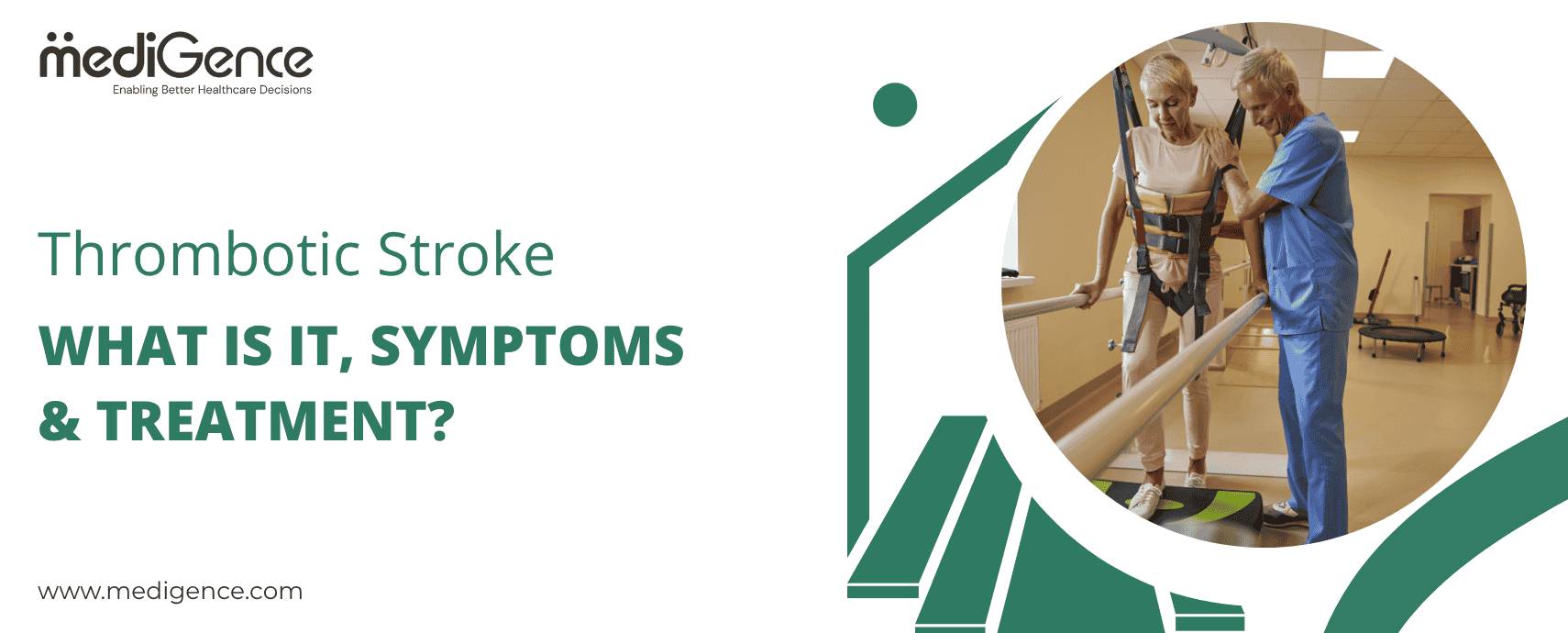Hemorrhage is the bleeding or blood loss from the damaged blood vessels.
Deep hemorrhage is the brain bleeding from the deep structures of the brain. Deep hemorrhages are sub-types of intra cerebral hemorrhage.
Deep brain structures where hemorrhages are common such as basal ganglia and thalamus.
Basal Ganglia Hemorrhage
Basal ganglia hemorrhage is one of the common types of intracerebral hemorrhage which is mainly caused by uncontrolled hypertension. Basal ganglia is the deep structure of the brain and its function is controlling muscle movement, executive functions and emotions behavior.
Thalamic hemorrhage
Thalamus hemorrhage is the bleeding of the thalamic region of the brain. Thalamic hemorrhage destroys the functioning of the whole thalamus. The main functions of thalamus are receiving sensory information (senses like: taste, touching, hearing, seeing) and motor information (movement of the body). Also play an important role in consciousness or alertness, thinking & memory skills and hormonal function.
How Common is Basal Ganglia and Thalamic Hemorrhage
Basal ganglia is the most common type of spontaneous intracerebral hemorrhage. It accounts for up to 50 – 65% of all spontaneous intracerebral hemorrhage.
Thalamic hemorrhage is the second most common type of non traumatic intracerebral hemorrhage. It accounts for up to 8 – 15% of all non traumatic intracerebral hemorrhage.

Get Free Online Consultation with Expert
How to Identify Basal Ganglia and Thalamic Hemorrhage
Immediate signs of basal ganglia and thalamic hemorrhagic stroke
- Worst headache
- Dizziness
- Nausea and vomiting
- Abnormal heart rate
- Worsening confusion
- Vision problems: blurry vision, incomplete vision or sometimes complete vision loss
- Slurred speech
- Loss of balance and coordination
Long-term symptoms of basal ganglia and thalamic hemorrhagic stroke
- Memory issues (Problem in recalling names, places or things)
- Weakness or numbness of one side of the body
- Blurred vision or loss of vision in one eye
- Depression
- Loss of balance and coordination
- Trouble walking
- Excessive sleepiness
- Difficulty in communication
- Difficulty in swallowing food
- Seizure
- Pain and sensory anomalies
What Increase the Risk of Basal Ganglia and Thalamic Hemorrhage
- Chronic Hypertension (High Blood Pressure): Long-term high blood pressure is the most common risk factor of the hemorrhage. Due to uncontrolled high blood pressure, blood vessels will rupture and result in sudden intracerebral hemorrhage.
- Diabetes: high blood sugar causes tiny ruptures in the blood vessels which leads to the significant rupture of the blood vessels of the brain that may lead to the intracerebral hemorrhage.
- Bleeding Disorder: Genetic bleeding disorders like sickle cell anemia can cause subarachnoid hemorrhages also.
- Head Trauma: In those under the age of 50, injuries are the most frequent cause of brain hemorrhages. An intracerebral hemorrhage can be brought on by falls, auto accidents, or any kind of head trauma. A gunshot wound or other penetrating trauma can harm an artery and result in bleeding, as can skull fractures.
- Arteriovenous Malformation (AVM): It is an abnormal cerebral blood vessels mesh. Bleeding into the subarachnoid space may occur if these arteries weaken or burst. Subarachnoid hemorrhage can occasionally result from head trauma or injury.
How to Detect Basal Ganglia and Thalamus Intracerebral Hemorrhage
- CT (Computed Tomography) Scan: This is the first investigation done to detect bleeding in the brain.
- MRI (Magnetic Resonance Investigation) Scan or MRA (Magnetic Resonance Angiography): This is performed to identify an aneurysm, however the most accurate method of doing so is cerebral angiography. As soon as possible, cerebral angiography is performed to confirm the diagnosis and locate the aneurysm or arteriovenous malformation that is causing the bleeding.
- EEG (Electroencephalography): Continuous EEG can help identify nonconvulsive status epilepticus or subclinical seizures, especially in patients with poor-grade subarachnoid hemorrhage who deteriorate neurologically or do not get better.
- Lumbar Puncture: This investigation has been done to detect infection or blood stains in brain and spinal fluid.
Treatment for Basal Ganglia and Thalamus
Conservative treatment is more preferable in case of deep hemorrhage.
- Medications that prevent bleeding like vitamin k treatment.
- Control high blood pressure immediately
- IV fluid treatment
- Rest to recover from trauma
- Anti-seizure medication
Surgical Management
Surgical treatment has a limited role in basal ganglia and thalamic hemorrhage
- Surgical clipping
- Craniotomy
- Endovascular coiling
Rehabilitation Management










